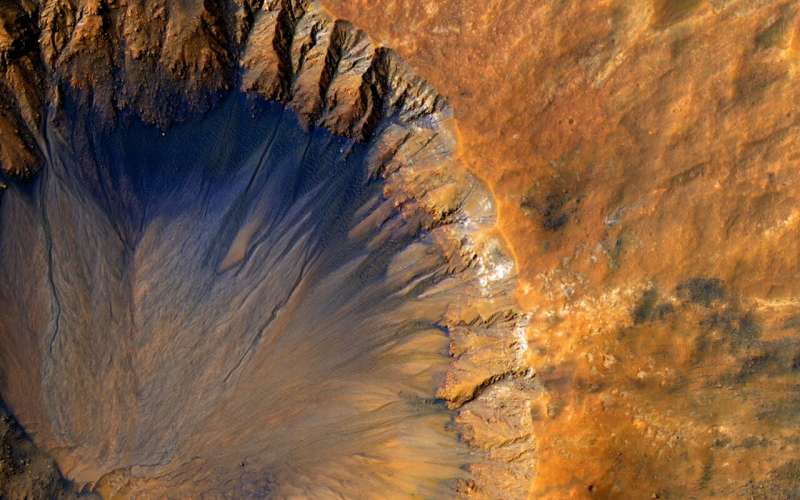Sensor breakthrough paves way for groundbreaking map of world under Earth surface

An object hidden below ground has been located using quantum technology—a long-awaited milestone with profound implications for industry, human knowledge and national security.
University of Birmingham researchers from the UK National Quantum Technology Hub in Sensors and Timing have reported their achievement in Nature. It is the first in the world for a quantum gravity gradiometer outside of laboratory conditions.
The quantum gravity gradiometer, which was developed under a contract for the Ministry of Defense and in the UKRI-funded Gravity Pioneer project, was used to find a tunnel buried outdoors in real-world conditions one meter below the ground surface. It wins an international race to take the technology outside.
The sensor works by detecting variations in microgravity using the principles of quantum physics, which is based on manipulating nature at the sub-molecular level.
The success opens a commercial path to significantly improved mapping of what exists below ground level.
This will mean:
- Reduced costs and delays to construction, rail and road projects.
- Improved prediction of natural phenomena such as volcanic eruptions.
- Discovery of hidden natural resources and built structures.
- Understanding archaeological mysteries without damaging excavation.
Professor Kai Bongs, head of cold atom physics at the University of Birmingham and principal investigator of the UK Quantum Technology Hub Sensors and Timing, said: "This is an 'Edison moment' in sensing that will transform society, human understanding and economies.
"With this breakthrough we have the potential to end reliance on poor records and luck as we explore, build and repair. In addition, an underground map of what is currently invisible is now a significant step closer, ending a situation where we know more about Antarctica than what lies a few feet below our streets."
Current gravity sensors are limited by a range of environmental factors. A particular challenge is vibration, which limits the measurement time of all gravity sensors for survey applications. If these limitations can be addressed, surveys can become faster, more comprehensive and lower cost.
The sensor developed by Dr. Michael Holynski, Head of Atom Interferometry at Birmingham and lead author of the study, and his team at Birmingham is a gravity gradiometer. Their system overcomes vibration and a variety of other environmental challenges in order to successfully apply quantum technology in the field.
The successful detection, realized in collaboration with civil engineers led by Professor Nicole Metje of the School of Engineering, is the culmination of a long-term development program that has been closely linked to end-users from its outset.
This breakthrough will allow future gravity surveys to be cheaper, more reliable and delivered 10 times faster, reducing the time needed for surveys from a month to a few days. It has the potential to open a range of new applications for gravity survey, providing a new lens into the underground.
Professor George Tuckwell, director for geoscience and engineering at RSK, said: "Detection of ground conditions such as mine workings, tunnels and unstable ground is fundamental to our ability to design, construct and maintain housing, industry and infrastructure. The improved capability that this new technology represents could transform how we map the ground and deliver these projects."
The breakthrough is a collaboration between the University of Birmingham, environmental, engineering and sustainability solutions provider RSK, Dstl (the Defense Science and Technology Laboratory, part of the UK Ministry of Defense), and technology company Teledyne e2v.
More information: Michael Holynski, Quantum sensing for gravity cartography, Nature (2022). DOI: 10.1038/s41586-021-04315-3. www.nature.com/articles/s41586-021-04315-3
Journal information: Nature
Provided by University of Birmingham



















